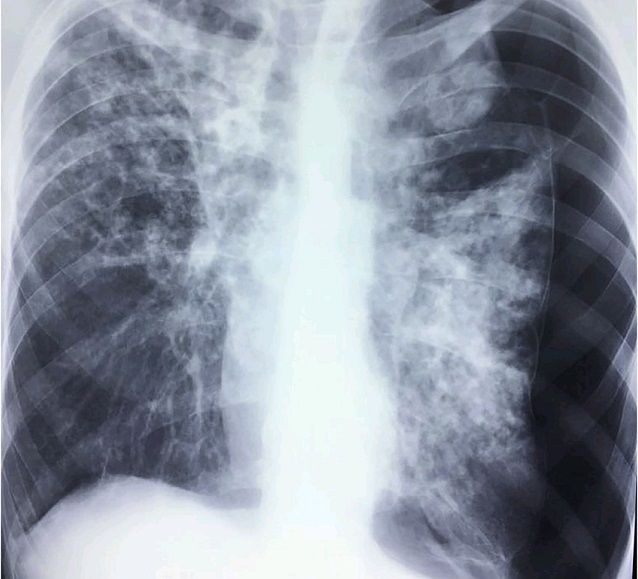
Kampala, Uganda | THE INDEPENDENT | Experts are recommending the use of X-ray in detecting new cases of tuberculosis. They argue that the old-style criteria has led to a lot of missed cases.
Dr Bruce Kirenga, a lung expert said that for long, health workers have been depending on symptoms to identify people who should get screened for TB but with the chest X-ray, case detection rates have increased from 3 to 10%.
Commonly, health workers rely on symptoms if one has had a chronic cough of two weeks or more to require them to go for TB screening, experts say this is affecting the numbers detected and yet those undetected continue spreading the disease without treatment.
With the innovation in testing that they have called exit TB package, Kirenga says people who have any duration of cough do an X-ray to identify those that are likely to develop TB something that he says is also cost-effective than testing sputum for instance.
Dr Moorine Sekadde Kasirye, based at the TB and Leprosy Control Programme in the Ministry of Health says they are now focusing a lot of effort on having people tested if they are to reduce the infection rates which remain high despite many innovations in treatment.
She for instance says that in people with advanced HIV, testing for TB has been changed from the usual old test to urine test to detect cases quickly and start them on treatment early on for better outcomes.
However with these advances, Uganda is still among the top 30 countries in the world with the highest TB rates. 90,000 people still get infected each year with the bacterial disease whereby some 1,500 get infected with the complicated to treat drug-resistant type.
15,600 people are estimated to die of TB annually according to Health Minister Dr Jane Ruth Aceng.
Speaking on Wednesday at a ceremony to mark World TB Day, Aceng said that since 2015, their efforts have been geared towards finding patients, but in many areas, the prevalence is still very high with the Karamoja region ranking highest.
She says the COVID-19 pandemic however slowed them down in terms of access to care.
Kirenga says the COVID-19 period was very challenging for TB care that even in Kampala they experienced a huge cut in not only those that were continuing on treatment and but also the new cases.
At Mulago alone, he says while the hospital registered 5,890 cases in March, the number dropped to nearly half in April and remained low until August when people started to seek care again.
Kirenga says to date, people are not testing as much for TB even when someone continues coughing. For him, there is a need to invest more in sensitization if the country is to defeat the disease.
*****
URN
 The Independent Uganda: You get the Truth we Pay the Price
The Independent Uganda: You get the Truth we Pay the Price



